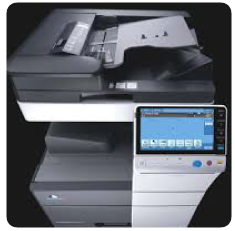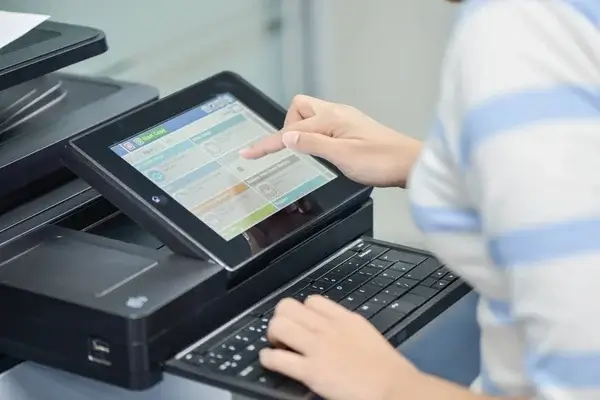 Today’s world can be fast paced and demands that businesses perform at the highest standard. Technology helps us meet those demands. Devices like remote servers, computers, tablets, smart phones and let’s not forget the copy machine are all required to operate seamlessly to keep communication moving. When technology fails it can stop production and threatens are ability to meet customer demand. So what steps do we take to ensure we experience the least amount of down time? Each device or type of technology requires its own unique approach, for the purpose of this article let’s turn our focus to the one of the most commonly used devices, the copy machine.
Today’s world can be fast paced and demands that businesses perform at the highest standard. Technology helps us meet those demands. Devices like remote servers, computers, tablets, smart phones and let’s not forget the copy machine are all required to operate seamlessly to keep communication moving. When technology fails it can stop production and threatens are ability to meet customer demand. So what steps do we take to ensure we experience the least amount of down time? Each device or type of technology requires its own unique approach, for the purpose of this article let’s turn our focus to the one of the most commonly used devices, the copy machine.
5 tips to optimize the technology performance of your copy machine
The first step is the most obvious, accept that technology can fail. Therefore, it requires our time and attention. Remember the old adage, an ounce of prevention is worth a pound of cure? Here are a few useful tips to help avoid unnecessary problems:
Paper. Paper is the other half the equation when you’re talking about the performance of the copy machine. The two primary components that revolve around your paper are simply. It’s how store and load your paper that matter most. Store your paper in a dry, temperature controlled space in your office. Like in a cabinet or on a shelf in the office, ensure that the paper does not get damaged, lay in flat (not on its side) and keep it in the wrapper until you are ready to put in the machine. When you load the paper, take your time. Ensure that the paper is not damaged and that the stack in set neatly inside the paper drawer. Most service calls for paper jams are caused by damaged or poorly loaded paper.
Environmental considerations is the second area to look out when optimizing machine performance. Where is the machine placed in the office, is it accessible and easy to operate for all the end users?
Location. The primary considerations are, can the machine be accessed by all the users in the office and how is the environment affecting the machine? As an example, a concrete company that manufactures their product on-site tends to have a very dirty environment. The fine concert desk creeps into everything making office equipment susceptible premature failures. A copy machine in such an environment needs to be put on a routine cleaning schedule to help reduce the negative impact of dusty environment and could benefit greatly from being turned off and covered when not in use. Other situations found in the field relate back to lack of space, the machine is crammed into a tight spot and cannot be accessed easily. The end users have to pull the machine out of the spot to load paper or replenish toner. Moving the machine puts the employee at risk for physical injury as well as the machine.



